The following post details the Global Goulets’ journey from January 1 – 6:
We wasted no time to start our new year. Well, actually, maybe we got our first day started off a bit sluggishly. With a slow wakeup and an even slower pack up of our car, followed by a detour on our way out of Baños at the uninspiring Swing at the End of the World, we didn’t hit open pavement until after 3pm.
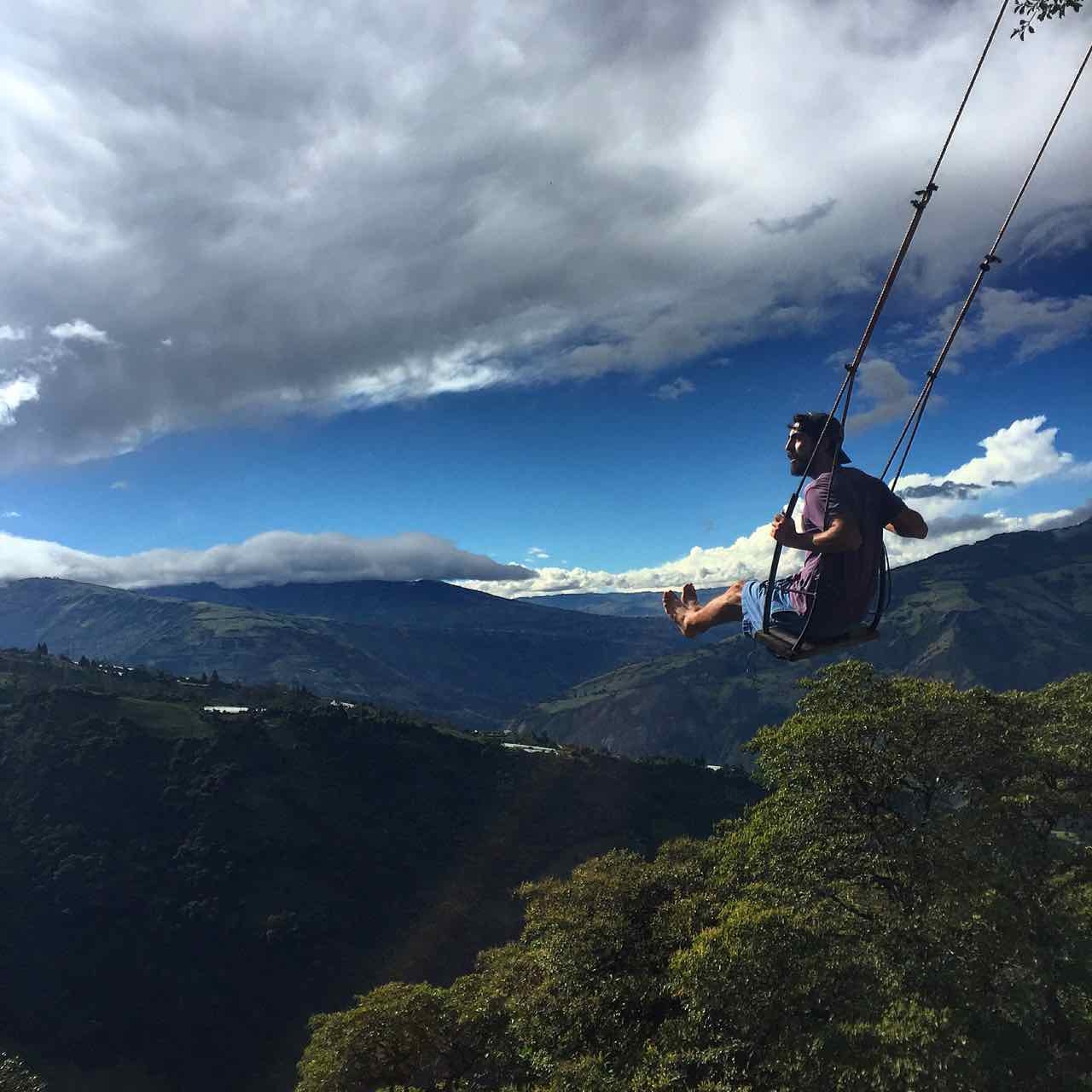
Five full grown men packed tight into Velita at once was by all means maximum capacity. Tobias and Jeremy demanded their fare share of space in the back, relegating Eric to one-butt-cheek-on-the-seat status. Our slow departure from Baños had a bevy of ill-timed side effects. Besides practically wasting the entire day, it further resulted in pushing our arrival to our next destination well passed dark. Driving beyond sunset meant not only would we be breaking our commonly unobserved rule to never drive after dark, but we were violating Tobias’ own faithful adherence to Shabbat. Sorry, Tobias.
The bumpy road to the Secret Garden Hostel was hostile, no doubt. Yet, our weariness was warmly greeted with a steaming plate of lasagna and extreme comfort. This lodge was more than your typical traveler’s guesthouse; it was, admittedly, worthy of a common vacationer’s standards. Still, the price was right. We reasoned that the toll we’d paid in the days leading up, plus what ruggedness lay ahead permitted our pockets to dole out the all-inclusive costs.
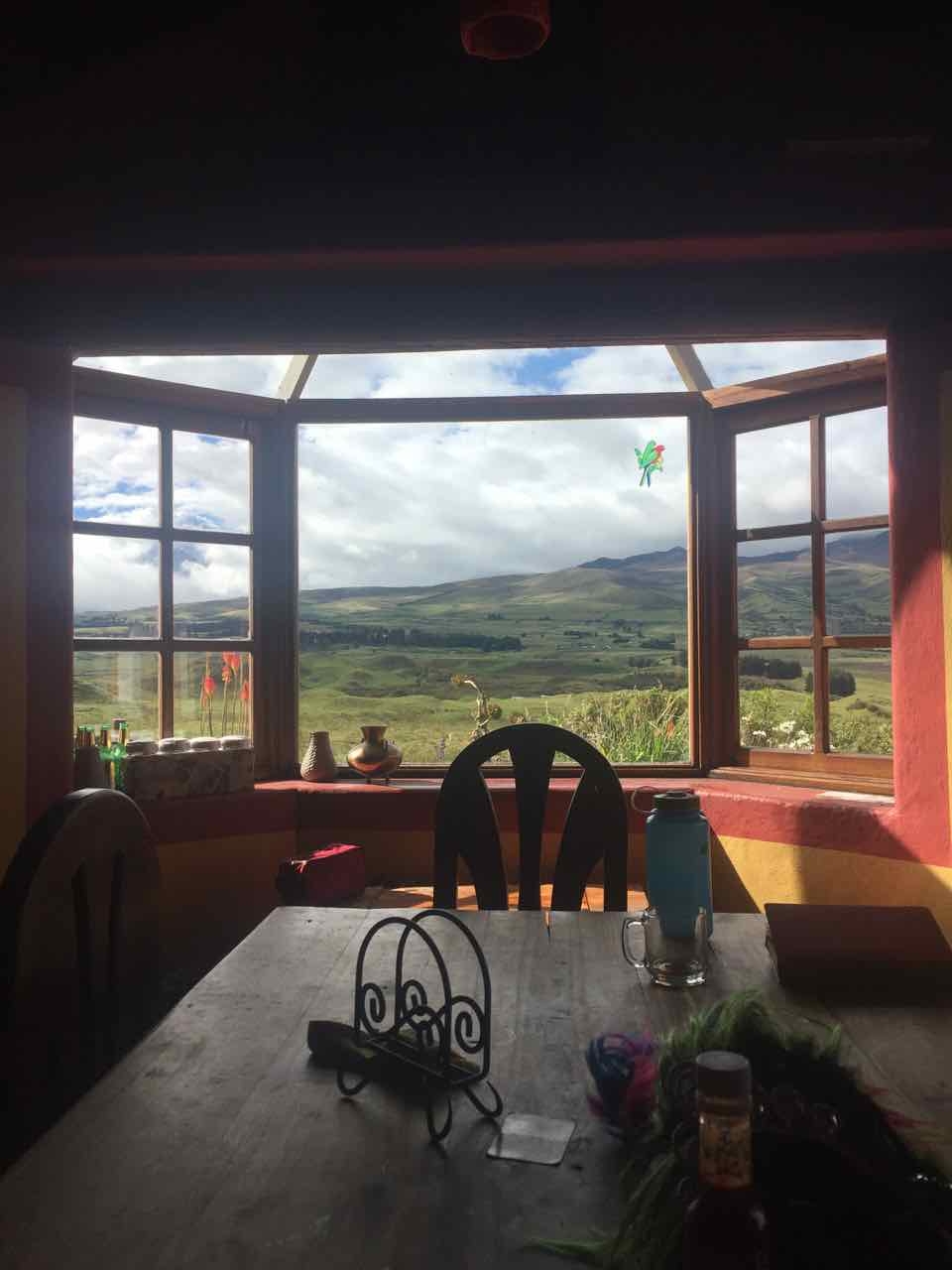
A searing pain in Alex’s throat rudely interrupted our respite. A free visit to the local hospital diagnosed said agony with a wicked strep throat, but all was cured with a nice shot in the butt and a properly prescribed round of antibiotics.
Tobias stole the show at the lodge’s evening hangout with some mandolin melodies, supplying his contagious bluegrass style, which induced a sing-along all around. Positive vibes led to a playful sendoff to Jeremy, who was set to board a flight to London sometime in the middle of the night. We fell asleep in the fresh mountain atmosphere, cuddled tightly by our sleeping bags under the stars.
We managed one ambitious activity during our stay near Cotopaxi National Park. Inspired by the rare unobstructed view of the idyllic Volcan Cotopaxi, we summoned our energy for a hike whereby we’d supposedly earn a 360-degree view of the entire area. Our friends Dave and Rachael in tow, who had followed along on our trail from Quito to Baños to present, we took on a relatively strenuous trek to a nearby peak. We brushed off the day’s difficulty, invoking an unfair comparison to our months-old journey up Acatenango in Guatemala.

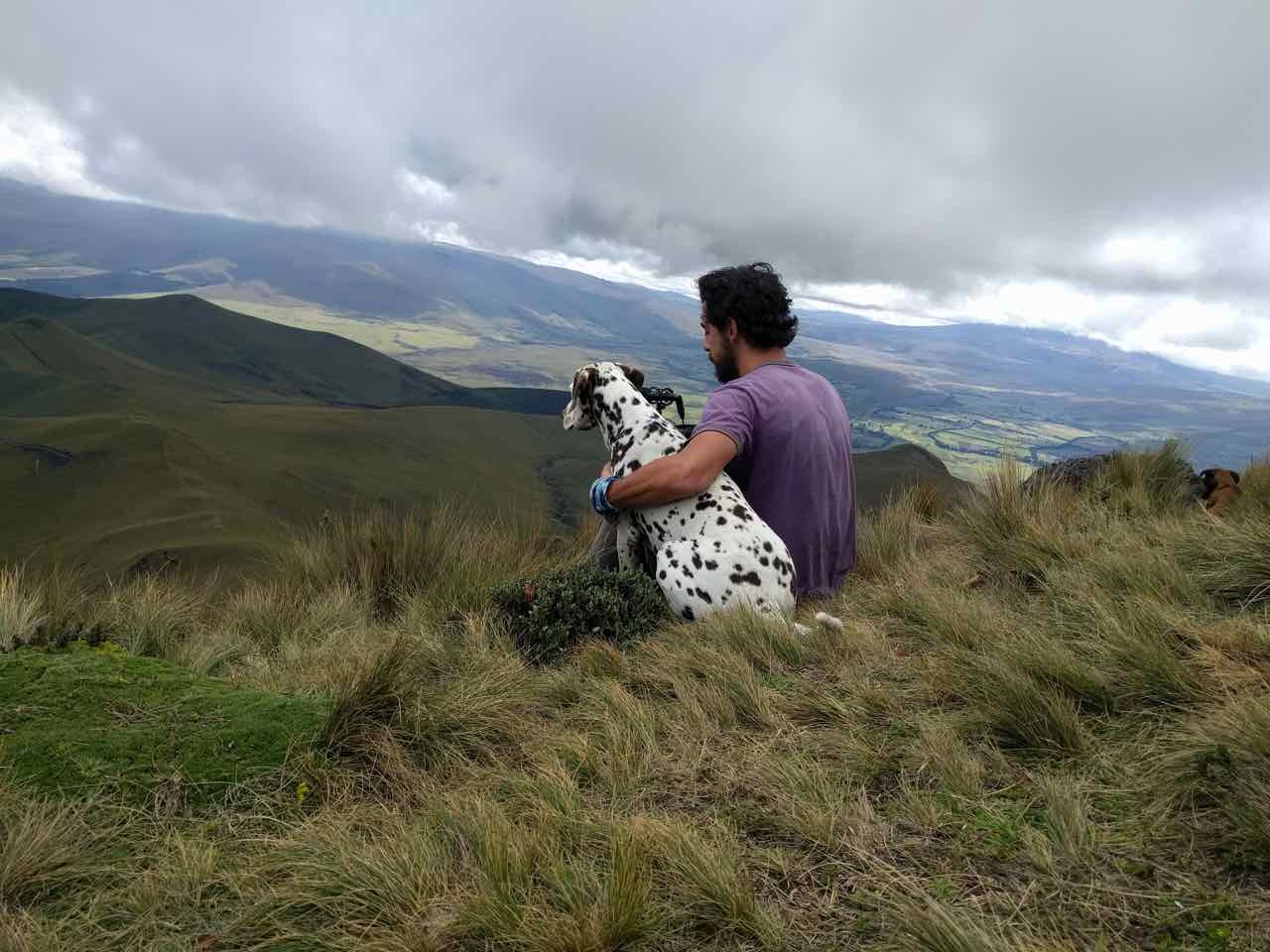
It’s always a pleasure to make new friends on our travels, even if they originate not far from our own homes. Dave and Rachael were not your run-of-the-mill 9-to-5 office drones. They appreciate adventure-based escapes, an alternative to what is typically envisioned by American vacationers. So, when we bid them farewell, we knew we’d catch them again down the road someday. Collecting new friends and acquaintances is intrinsic to our intentions on the road and they don’t all have to be locals; sometimes the best way to meet like-minded fellow-countrymen is half a world away.
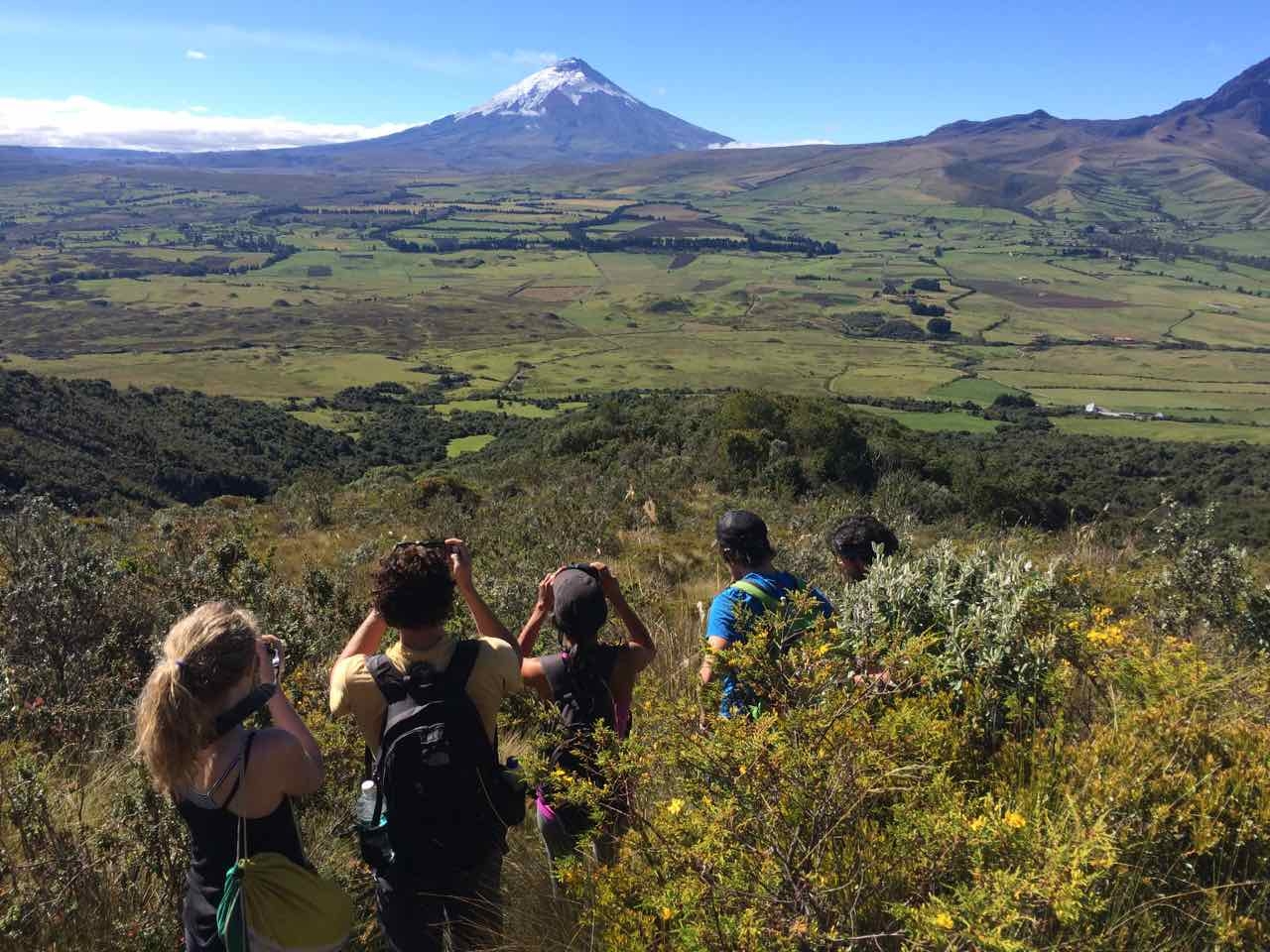
We retained Tobias for the next stretch of our Ecuadorian escapades. Deeper into the mountains we ventured, ditching our stuff in the basement of a hostel at a neighboring city. We were to take on the highly appraised Quilotoa trail, a hiking path linked together by indigenous villages and decorated by one of Mother Nature’s greatest organic murals.
Before we got our hiking shoes ready (read: sneakers), we made a pit-stop at the one-of-a-kind animal market at a nearby village. We were certainly the only tourists in the neighborhood. At first, it was fascinating; men and women walking pigs, cows, sheep, goats, horses and llamas to an open square, where deals were made quickly and all in cash. Then, it became depressing; we saw a baby piglet purchased away from its litter, squealing goodbye to his brothers and sisters. On our way out, we saw a sheep’s neck sliced open and blood running like a faucet from it’s mangled body. We tried to keep an open mind. As sad as we were for the animals, this was the way of life for the villagers in attendance.


On paper, it all seemed so pleasant: three days and two nights in this carefree environment. What could be the downside?
To be quite honest, there wasn’t much to complain about. Except for one small hitch: our backpacks were heavier than a ton of bricks. We’d made the questionable decision to take our tent with us, which we’d separated into parts and spread amongst the lot of us to bare. What solidified this decision under the category of “a certain mistake” was that we never ended up needing to use it. On our first night, a kindly landlord lady offered up one of her empty tenant rooms, which highly resembled a 10×10 jail cell, for the unbeatable price of two dollars a head. On night number two, just as we were ready to weather the rain and biting cold to set up our tent outside, the hospitable caretakers of the hostel where we ate dinner offered up the building’s common space. Though we ended up not needing our tent, the alternatives ended up being much better.
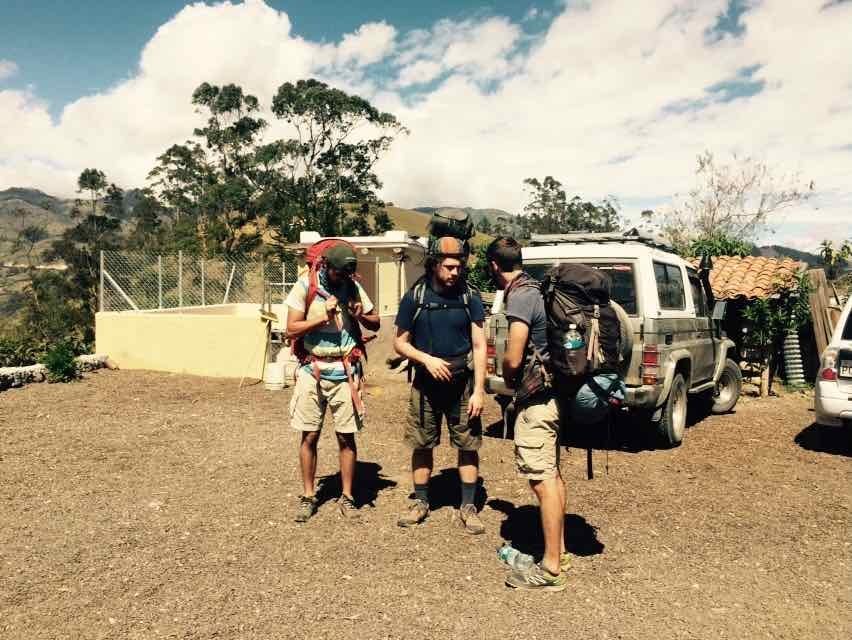
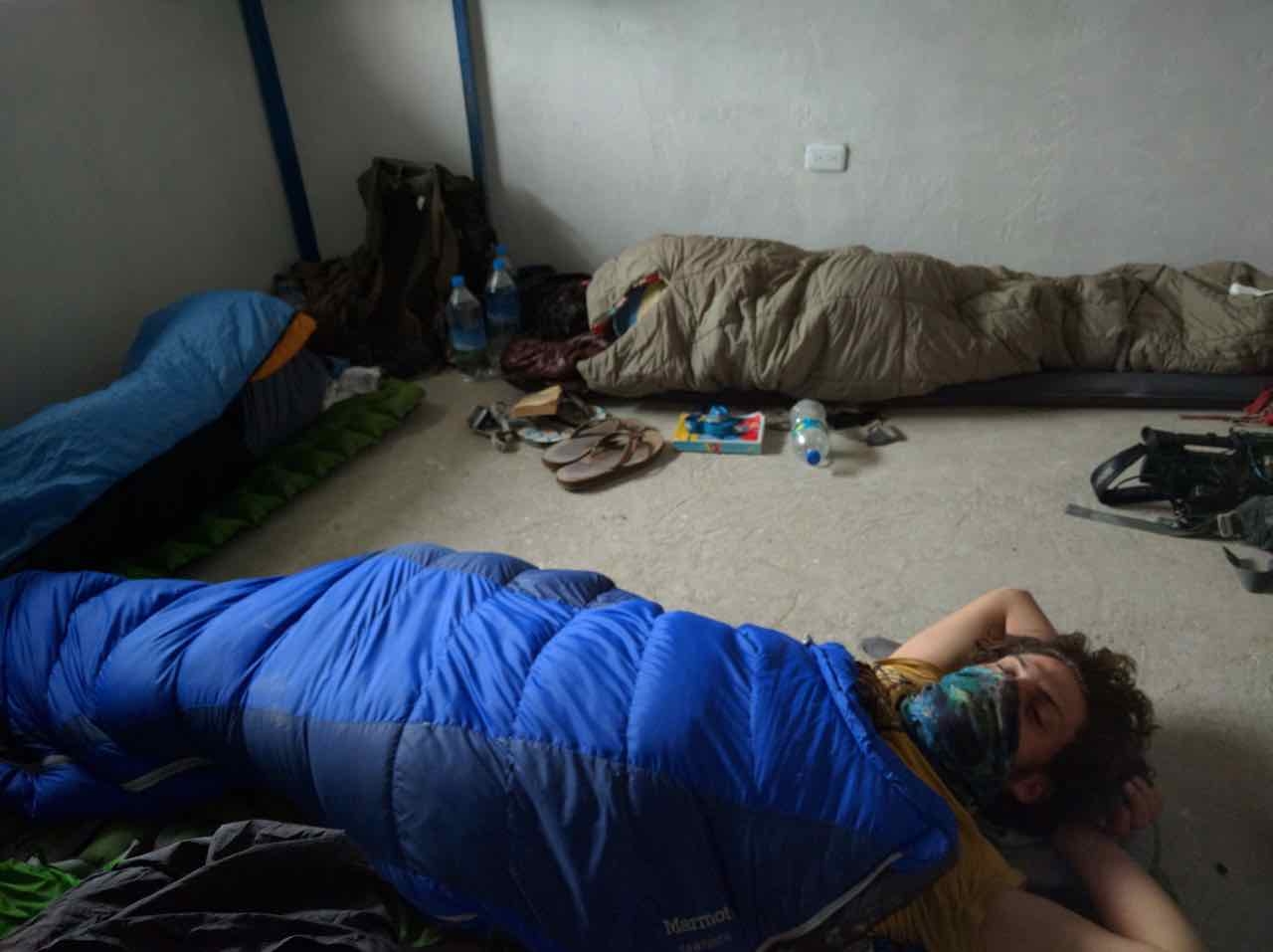
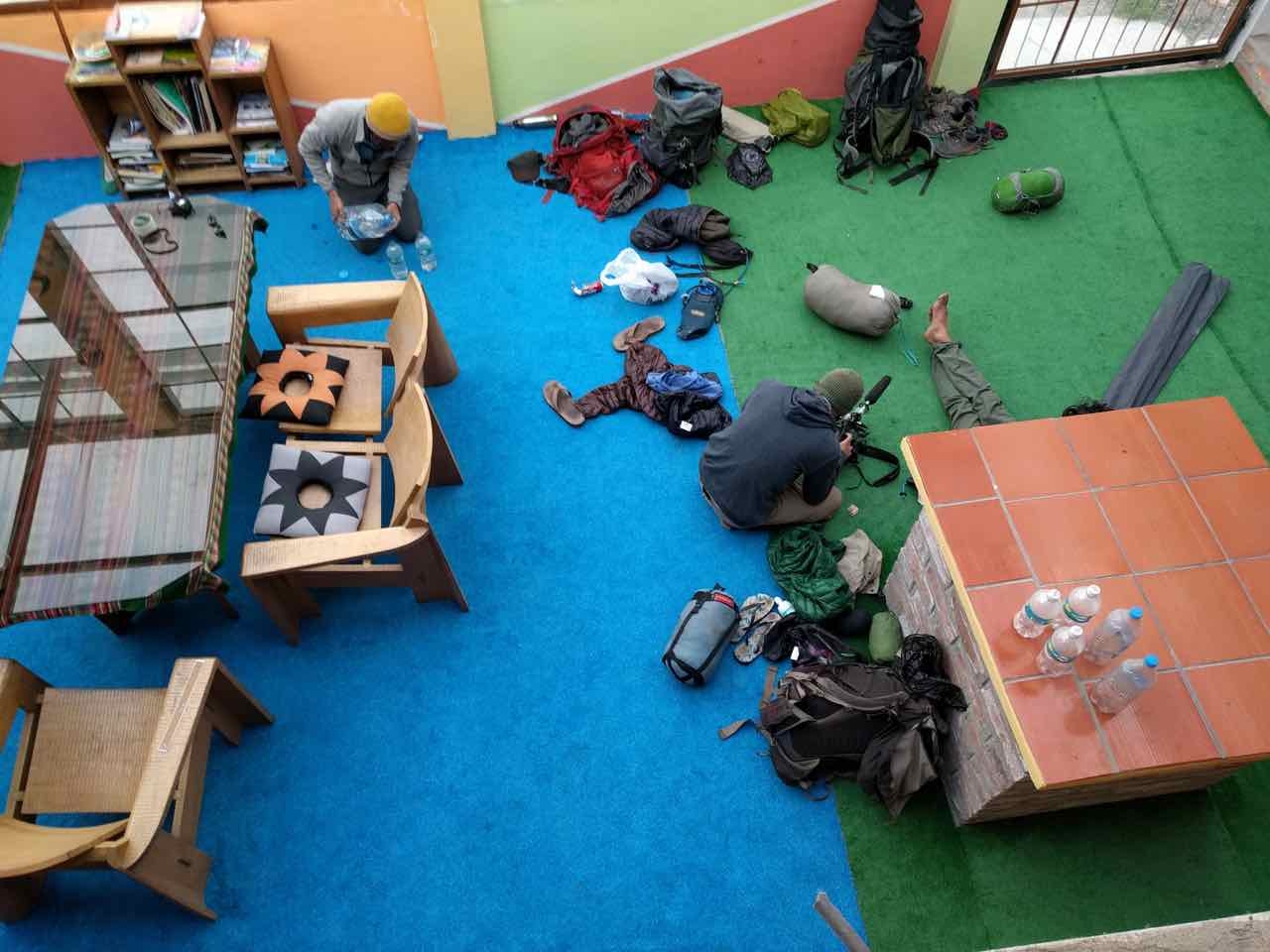
As for the hike itself, it was a mission unlike any other we’d undertaken. Normally we travel by car (or by bus or taxi), so an expedition by foot opened us up to an entirely new experience. Led by Tobias’ astute navigation, we managed to avoid a misstep at all turns.
Together, we walked through open, endless landscape; long, languishing stretches were ameliorated by conversations launched by our wandering observations. Other uphill undertakings, often sorely steep, could by characterized by heavy breathing and otherwise abject silence. In the deepest valleys, the trees shook from the soft breeze, breathing fresh air across the ecosystem and into our rehabilitating lungs.

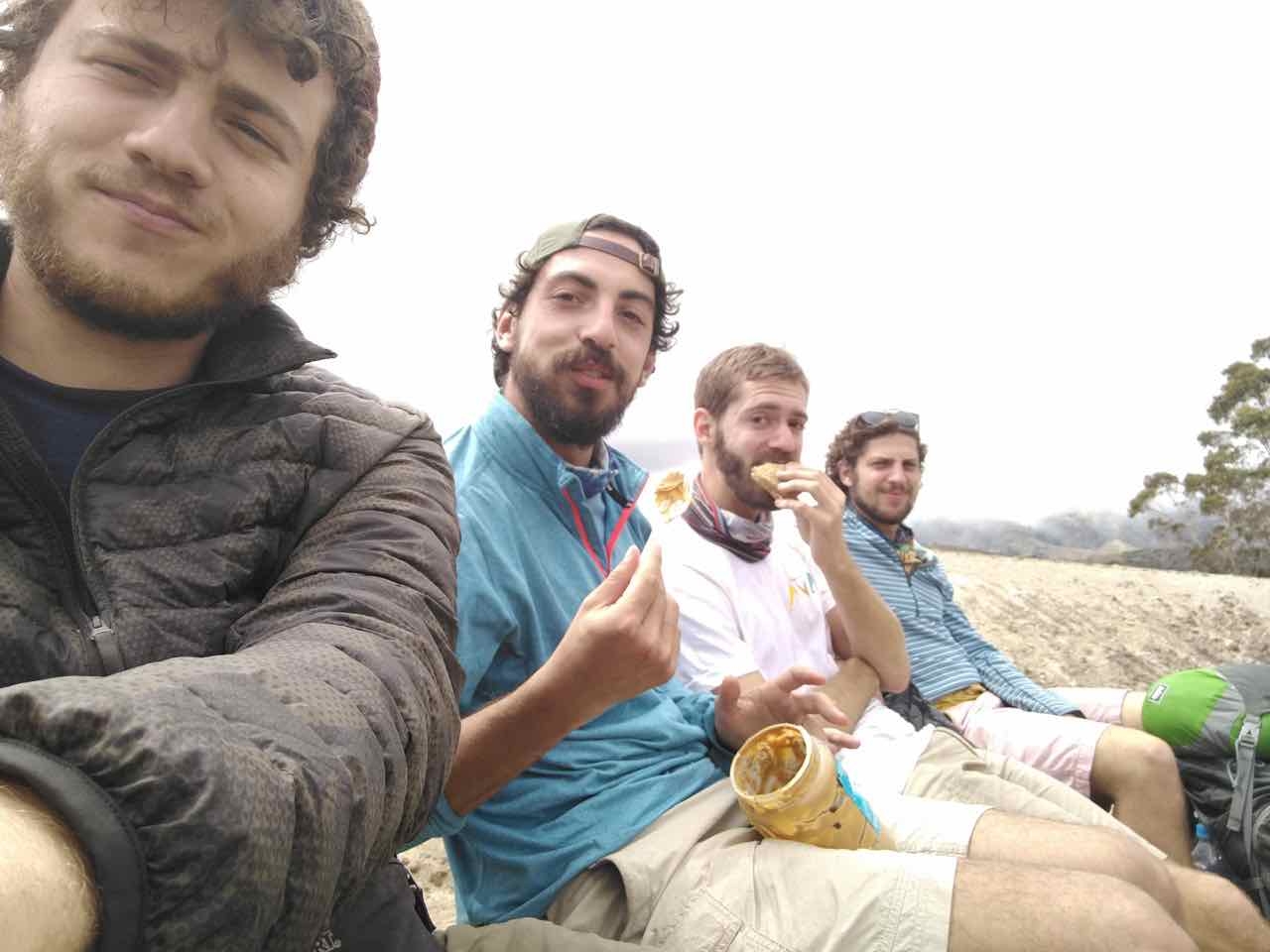
Walking along unadulterated streams served as a consistent reminder that any upcoming endpoint stood above us, requiring an onerous uphill trudge. Miradores (view points) contained the two-fold reward of spectacular views and the gratifying sense of accomplishment of knowing we had just hiked from that valley below.
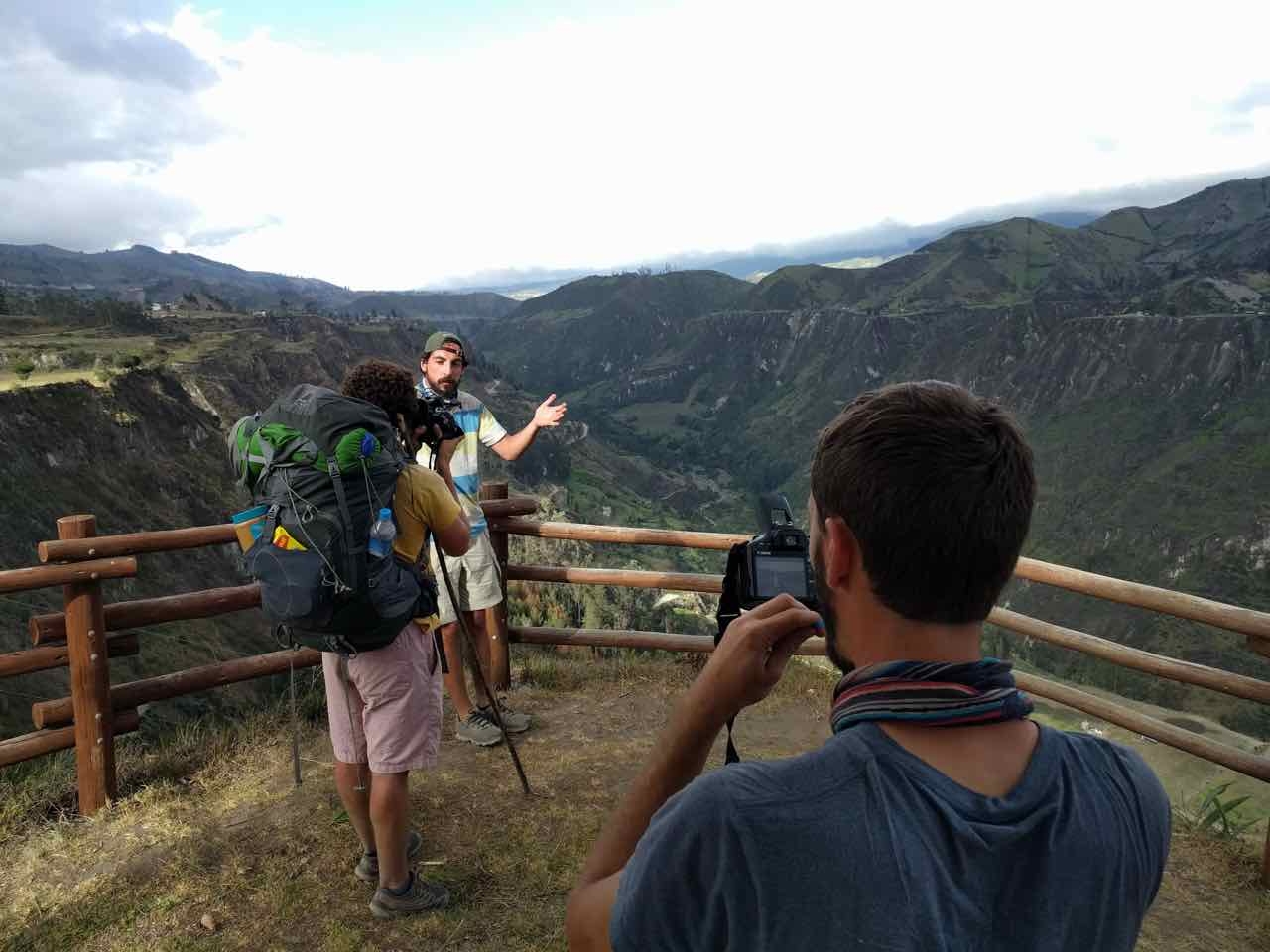
We met many locals on route to Quilotoa, but most of our exchanges were limited to “Hola!” and “Como estas?” That is, until we met Maria. On maybe the steepest stretch of the entire expedition, we began ascending from one small town to the next. A small middle-aged lady named Maria, along with some small school children, hiked alongside us up the brutal incline. Along the way she picked some flowers. Brian grew curious. An off-the-cuff interview turned into a deeply fascinating conversation, in which Maria explained the herbal and medicinal purposes of the flowers and Brian relayed it to the camera, doing his best nature show host impression. It was all very impressive. But not as impressive as the little children who conquered that mountain without breaking a sweat, an activity they do every morning and afternoon on their way to school.


The climax of our expedition occurred upon arrival to the rim of the Quilotoa crater. After ascending to a sharp apex, it suddenly became excruciatingly cold, winds swirling about us coupled by an icy drizzle of rain. Sporadically the clouds would surrender a sneaky tease of the blissful blue lake buried underneath the element’s shroud, only to shut it closed like a beautiful woman behind blinds.

We set aim for the crater’s opposite end, home to the village of Quilotoa, a deceptively long and grueling ways away. A well-timed wrong turn took us into the sloping innards of this massive laguna, where the rocky walls above us shielded us from further fierceness by the fluctuating climate. One last painful push by our feeble and failing feet drove us to our ultimate stopping point, just as the sky turned from a waning yellow glow to a dimming dark blue.
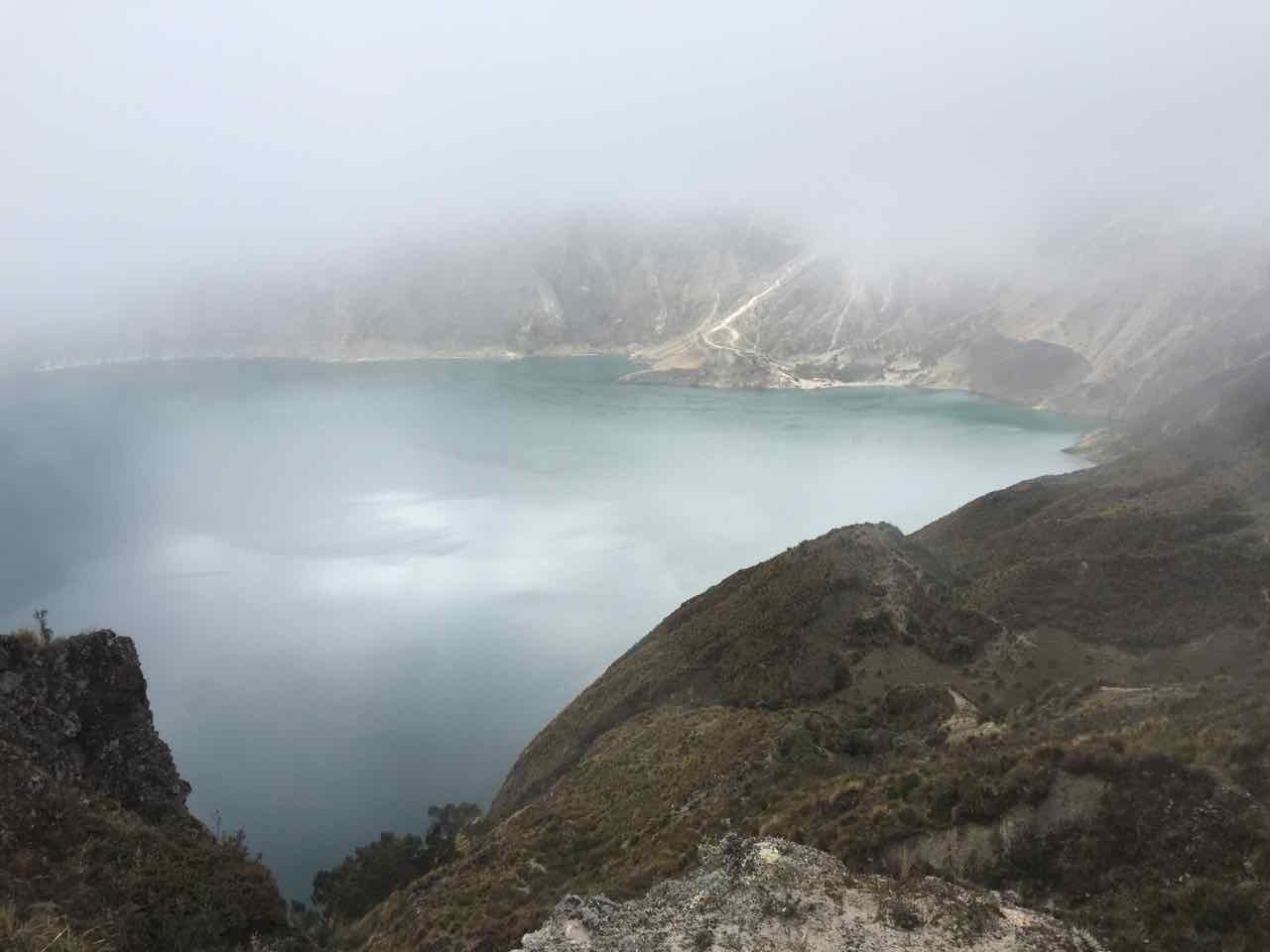
The nightlong rain shower drove away the cloudy obstruction of the lagoon. Day three began with an unhindered hello from the waters of the crater below upwards to our hard-earned eyes. We began our day re-circling the rim of the extinct volcano in pursuit of the path down and back to where Velita awaited us. The fluffy white hovering clouds cast dark blue shadow blotches on bits of the lake, laying changing claims to otherwise brilliant turquoise water that shimmered with the gentle breeze and the mid morning sun.

When we at last made it to the edge of a small village at the valley basin, an unspoken agreement amongst us ensured we’d reached our stopping point. Canned tuna never tasted so good. Some locals who led us back to our car ripped us off, but we’d truthfully have paid any price to arrive at our departure point.

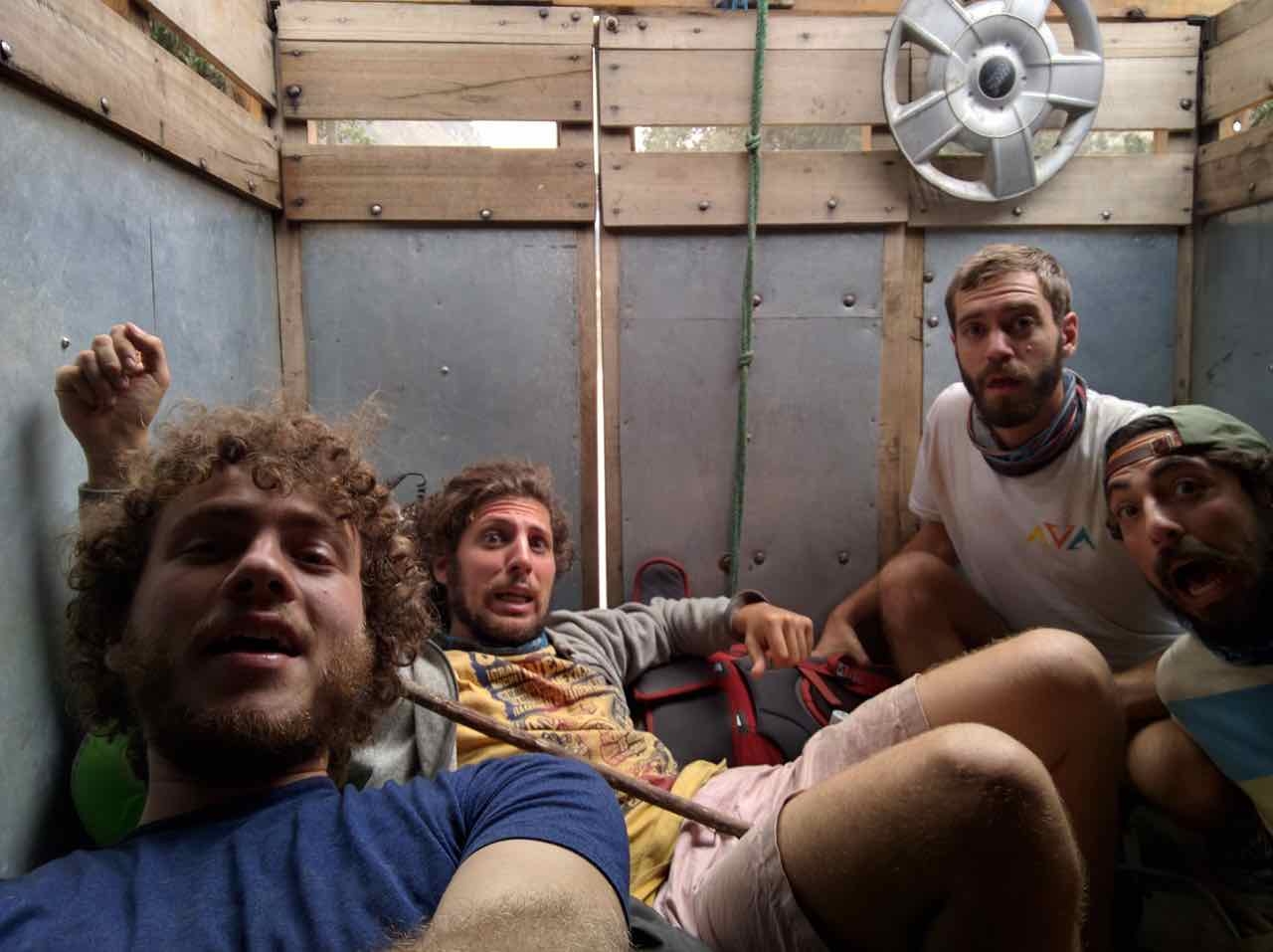
Our adventure is an exploration of cultures across Latin America and the diverse people who populate it. For as often as we laud the benefits of travel by car, it can be limiting. We drive through incredible landscapes, we drive into often-unfrequented towns, and we drive across national borders. While we are not flying or taking scheduled tourist buses from one place to the next, we too are implementing motorized means of transit. Granted, it would take a decade to get from NYC to Argentina by foot; for all intents and purposes, it’s an illogical idea. But for small distances, like that of the Quilotoa Loop, indulging fully in what nature has to offer provides a dimension of familiarity to a new place otherwise unattainable.



It sure looks wonderful. Wish I was there with you.
It sure looks wonderful. Wish I was there with you.